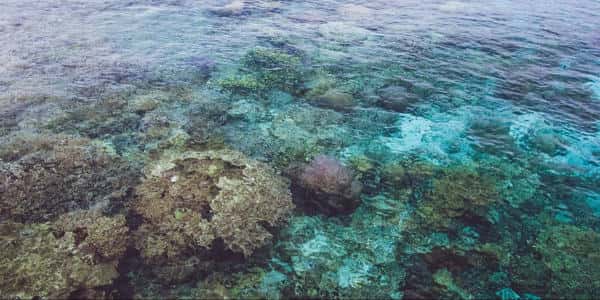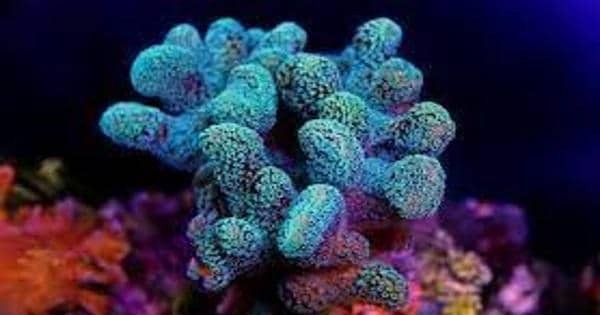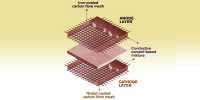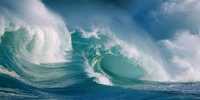Scientists discovered that coral structures are made up of a biomineral containing a highly organized organic mix of proteins similar to what we find in our bones. Their research demonstrates that several proteins are spatially organized – a process critical to the formation of a rock-hard coral skeleton.
Charles Darwin, the British naturalist who championed the theory of evolution, observed that corals form vast structures, primarily of limestone, that surround tropical islands. He had no idea how they accomplished this feat.
Rutgers University researchers discovered that coral structures are made of a biomineral, which is a highly organized organic mix of proteins similar to what we find in our bones. Their findings, published in the Journal of the Royal Society Interface, show for the first time that several proteins are spatially organized – a process required for the formation of a rock-hard coral skeleton.
Scientists have shown that coral structures consist of a biomineral containing a highly organized organic mix of proteins that resembles what is in our bones.
“Our research revealed an intricate network of skeletal proteins that interact spatially, which likely applies to all stony corals,” said Manjula P. Mummadisetti, a postdoctoral associate in the Rutgers Environmental Biophysics and Molecular Ecology Laboratory led by senior author Paul G. Falkowski. She is currently employed as a senior scientist at AVMBioMed in Pottstown, Pennsylvania. “It is critical to understand the mechanisms of coral biomineralization and how these priceless animals will survive in the face of anthropogenic climate change.”
“Our findings suggest that corals will withstand climate change caused by human activities, based on the precision, robustness, and resilience of their impressive process for forming rock-hard skeletons,” said Falkowski, a Distinguished Professor in Rutgers University-New Brunswick’s School of Arts and Sciences and School of Environmental and Biological Sciences.

Coral reefs protect shorelines from erosion and storms while also providing fish habitat, nursery, and spawning grounds. Indeed, coral reefs provide food for approximately a half-billion people, many of whom rely on them for a living. Warming ocean waters caused by climate change, on the other hand, put corals at risk of deadly bleaching and disease. According to the National Oceanic and Atmospheric Administration, additional threats include acidifying ocean waters, sea-level rise, unsustainable fishing, vessels that damage reefs, invasive species, marine debris, and tropical cyclones.
Rutgers researchers investigated the spatial interactions of proteins embedded within the skeleton of Stylophora pistillata, a common Indo-Pacific stony coral. Over the course of 400 million years, stony corals have evolved into massive reefs in shallow subtropical and tropical seas. They’ve been dubbed the “sea rainforests.”
Predicting coral survival based on how they adapted to global climate change over millions of years necessitates understanding how they build reefs by secreting calcium carbonate, among other things. This is known as biomineralization.
The researchers demonstrated that several proteins collaborate to create optimal conditions for biomineralization. These proteins are not distributed at random, but are well-organized spatially, as the researchers revealed for the first time. The spatial patterns were revealed by the scientists as new minerals formed between the animal’s living tissue and its base or an older skeleton.















